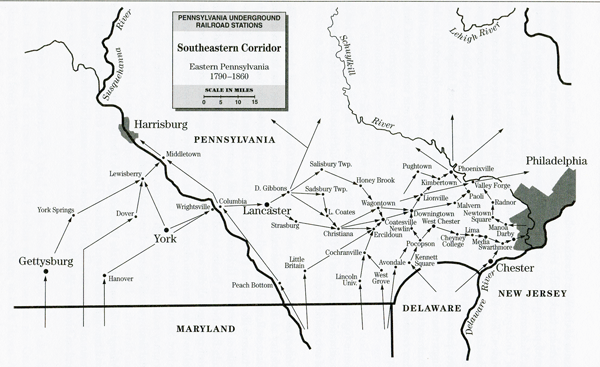How Small Businesses Can Keep Cash Flow Strong: A Practical Guide for Hanover Area Entrepreneurs
Running a small business in the Hanover area means wearing a lot of hats — but one of the most critical (and sometimes overlooked) is the “cash flow manager.” Keeping cash flow healthy isn’t just about survival; it’s about setting the stage for steady, sustainable growth. Cash flow is the heartbeat of your business. Invoice clearly and consistently. Track expenses daily, not monthly. Forecast, even roughly. Separate savings for taxes and reinvestment. Negotiate smarter payment terms with vendors. Problem Why It Hurts Fix Late payments from clients Disrupts your ability to pay bills and staff Automate reminders or offer early-payment discounts Over-ordering inventory Ties up cash in slow-moving stock Use just-in-time inventory tools Ignoring small recurring costs Adds hidden drain over time Audit subscriptions quarterly Paying bills too early Reduces working capital Time payments to due dates Lack of reserve fund Leaves no cushion for downturns Build at least 1 month’s expense buffer Q1. How much cash should I keep on hand? Q2. Should I pay myself a salary or draw from profits? Q3. What’s a good way to track cash flow without fancy software? Q4. Should I use a business credit card for cash flow gaps? Q5. Can cash flow improve even if revenue doesn’t? One of the easiest ways to protect cash flow is to get your invoicing process right from day one. Clear, timely invoices prevent disputes and help owners see where the money’s going. Establishing professional standards — specifying due dates, itemized services, and clear payment options — speeds up turnaround and improves client trust. Learn more about the importance of invoice accuracy to strengthen your financial foundation and maintain steady growth. A real-time view of your incoming and outgoing funds can make all the difference. Xero’s Dashboard gives small businesses visual forecasting tools without heavy spreadsheets — ideal for owners juggling multiple clients or contracts. Other helpful tools worth exploring: Fundbox for cash flow loans Shopify Balance for ecommerce sellers Square for point-of-sale and payment management Create a mini “cash rhythm.” Pay recurring bills on the same two days each month and schedule deposits accordingly. This consistency gives you clearer visibility into available funds and reduces mental load. A thriving cash flow isn’t about more income — it’s about smarter control. With consistent invoicing, proactive forecasting, and disciplined expense management, small business owners in the Hanover area can transform financial uncertainty into confident, sustainable growth.
TL;DR
To keep it strong:
Common Pitfalls (and What to Do Instead)
FAQ: Cash Flow Questions Business Owners Actually Ask
Enough to cover at least 4–6 weeks of operating expenses. Think of it as your “rainy quarter” fund.
A modest, consistent salary gives stability and makes budgeting predictable — random draws don’t.
A simple spreadsheet or free accounting app like Wave can work fine. The key is daily or weekly review.
Yes, but only short-term and strategically. Compare rates via NerdWallet before committing.
Absolutely — by optimizing timing, reducing waste, and automating billing cycles.
Checklist: How to Stay Cash-Flow Healthy
Review incoming/outgoing funds weekly
Follow up on overdue invoices within 3 days
Keep 10–20% of monthly revenue in reserve
Review recurring expenses each quarter
Track tax set-asides separately
Reforecast quarterly based on trends
Invoice Accuracy
Spotlight Resource: Xero Dashboard
Bonus Tip: Build a Predictable Payment Cycle











































